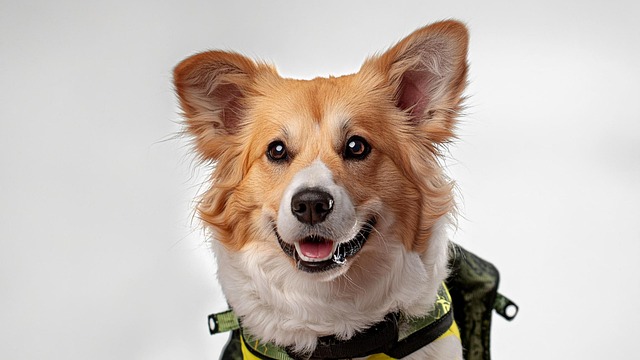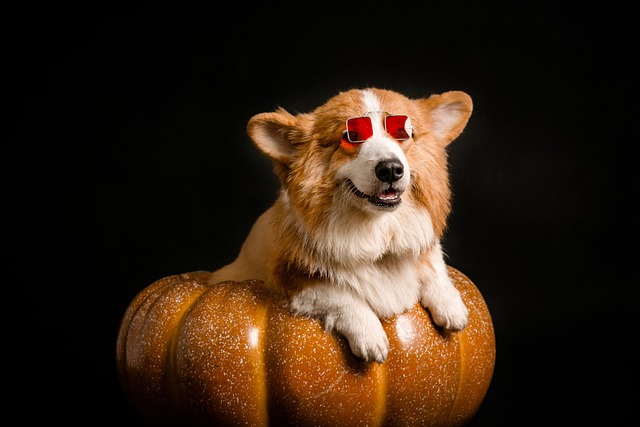As summer temperatures climb and your dog rolls in something stinky during a walk, you might be wondering: What temperature is too hot for a dog’s bath? For new dog owners, figuring out the right water temperature can feel tricky—after all, you want them clean, but you don’t want to hurt them. Let’s break down how to keep bath time safe and comfortable.
First, understanding your dog’s skin is key. A dog’s skin is much thinner than human skin, making it more sensitive to heat. While we might enjoy a warm shower, water that’s too hot can burn their skin, cause irritation, or even lead to dryness and itching later. The sweet spot? Water that’s close to their body temperature, around 98–100°F (37–38°C). Anything above 104°F (40°C) starts to get dangerous—think of it like putting a baby in water that’s too warm; their delicate skin can’t handle the heat. Signs the water’s too hot? Your dog pulling away, panting excessively during the bath, or trying to jump out.
So, how do you get the temperature right? Test the water with your wrist or elbow—if it feels slightly warm but not hot to you, it’s probably good for your pup. Avoid using scalding tap water; let it run until it cools to that lukewarm range. During the bath, keep the water flow gentle, focusing on their body rather than ting their face, ears, or eyes. Afterward, dry them thoroughly with a towel—if you use a hairdryer, keep it on the lowest, coolest setting and hold it a few inches away from their skin. For apartment dwellers, bathe your dog in the tub (not the sink, which can be cramped) and clean up any splatters promptly to keep shared spaces tidy.

As a responsible dog owner in the U.S., bath time ties into broader care habits. Legally, keeping your dog up-to-date on vaccinations—rabies is required in all states—protects their health and your community. When walking, always carry poop bags; failing to clean up after your dog in public can result in fines. Culturally, never scold or punish your dog during baths—stress makes them hate the process. Instead, use positive reinforcement: offer treats before, during, and after to turn bath time into a happy routine. In apartment buildings, keep bath time quiet (no loud splashing) to respect neighbors, and avoid bathing right before bedtime if the noise might disturb others.
Bath time should be a bonding experience, not a stressful one. By sticking to lukewarm water, watching for signs of discomfort, and pairing good habits with local norms, you’ll keep your dog clean, healthy, and ready for more summer adventures.





